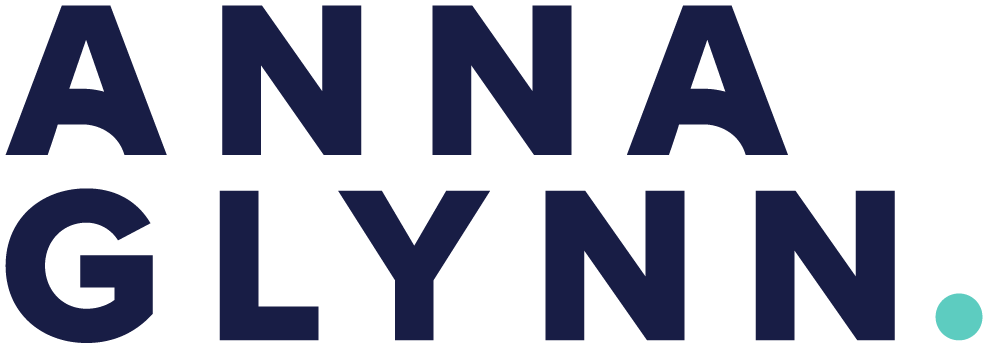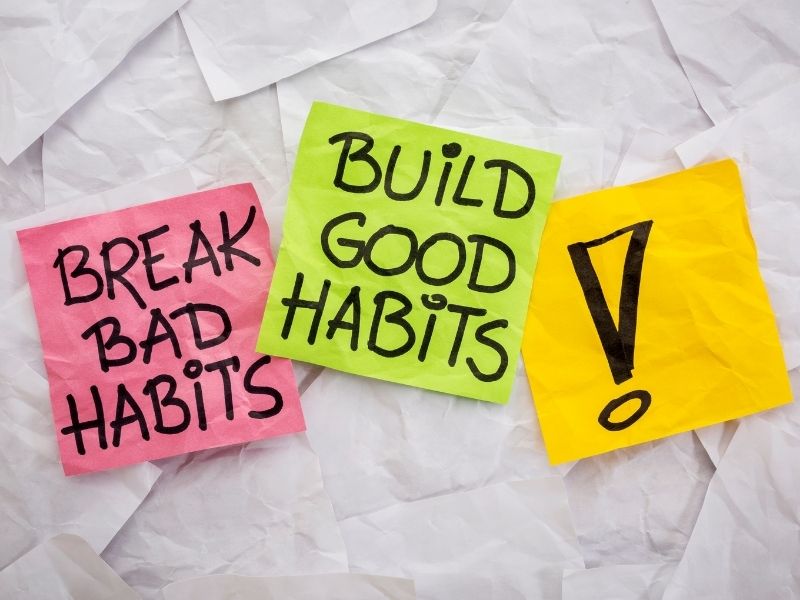Who said humans were bad at change?
Just look at how we’ve adapted to new ways of working and living whilst facing this global pandemic. There are parents with full-time jobs, who are caring for their children and/or even helping with their learning. Then there are the small businesses like restaurants who’ve had to pivot to survive by offering innovative dining options at home. I was even reminded over the weekend that seeing so many people enjoying our parks (within the confines of what’s allowed) isn’t something we would have witnessed this time last year. I’ve also forgotten the initial discomfort from wearing a mask, and have become used to greeting people with a wave only.
Based on the unprecedented (yes, another buzzword) amount of change we’ve all been through this past year, I’d say we’re pretty good at dealing with it. Most people are generally enthusiastic about bringing a positive change in their lives too. So why is it that so many of us fail in making our commitments stick?
It seems that willpower (and perhaps the fear of breaking lockdown rules) will only get us so far. To fully embed change in our lives, we need to consider how we can make a desired behaviour a new habit.
What are habits?
For many of us, our days are made up of a series of habits: waking up, exercising, drinking coffee, eating breakfast, getting dressed, commuting to work, sitting down at your desk, turning on your computer, and the list goes on.
According to Duke University researchers (2006), approximately 40% – 45% of the actions we perform each day are not conscious choices we make, but are actually automatic behaviours or habits. That equates to over six hours per day!
The good news is that these automatic behaviours can be modified. To do so, it’s good to understand how habits function first.
How do habits work?

It has been uncovered by Professor Ann Graybiel at MIT that our habits run on a simple neurological loop of cue, routine and reward, which is explained as follows:
- Cue – this signals to your brain to take action
- e.g. a time of day, being in a particular location, doing a specific activity or surrounded by certain individuals.
- Routine – this could be a physical, mental or emotional behaviour, and can be simple or complex depending on what you are trying to achieve
- e.g. when (cue) takes place, I will do X.
- Reward – this will help your brain figure out if the loop is worth remembering for the future, as it will reinforce your desired behaviour by pushing you to crave the reward when the cue is triggered.
- e.g. a coffee, watching a TV show, a healthy treat.
By following this process over time, our new desired behaviour should become automatic. You’ll have reprogrammed some of the routines in your life and have formed a new habit. No longer will your brain need to make decisions but it will follow this new pattern unconsciously.
Charles Duhigg is an investigative reporter for the New York Times and has written an excellent book, “The Power of Habit”, which explains how the pattern of habits are formed. He has also created a number of valuable resources including a guide and flowchart on how to create a habit.
Which habits should I try to foster?
Research will tell us that when it comes to change, it’s best to start with small and specific actions. This will help you to succeed, which will build momentum, grow your confidence and boost your motivation.
If you’re looking for some ideas, consider how you might be able to implement slight changes in your life to better support your wellbeing? For example: generating more positivity in your life, using your strengths more, practising gratitude, performing random acts of kindness or being more mindful.
Once you’ve picked something, keep the habit loop in mind and consider what your cue, routine and reward will be.
If you’re looking to be more grateful, whilst you’re making your coffee in the morning (cue), could you think of three things that you’re grateful for (routine) before drinking it (reward)? If you wish to exercise more and enjoy the subsequent release of endorphins (reward), could you leave your runners beside your bed so when your alarm goes off (cue), the first thing you do is put them on and go for that run (routine)? If you want to start being more mindful, could you make your lunch (cue), then complete a ten-minute mindfulness activity (routine) before eating your meal (reward)?
If you practise this loop but still find yourself struggling or becoming bored over time, consider mixing up the cues and rewards. If it’s still not sticking, check whether the habit you’re trying to form is something you really care about.
Each of us is different so this habit framework might not work for you but it’s definitely worth a try!




